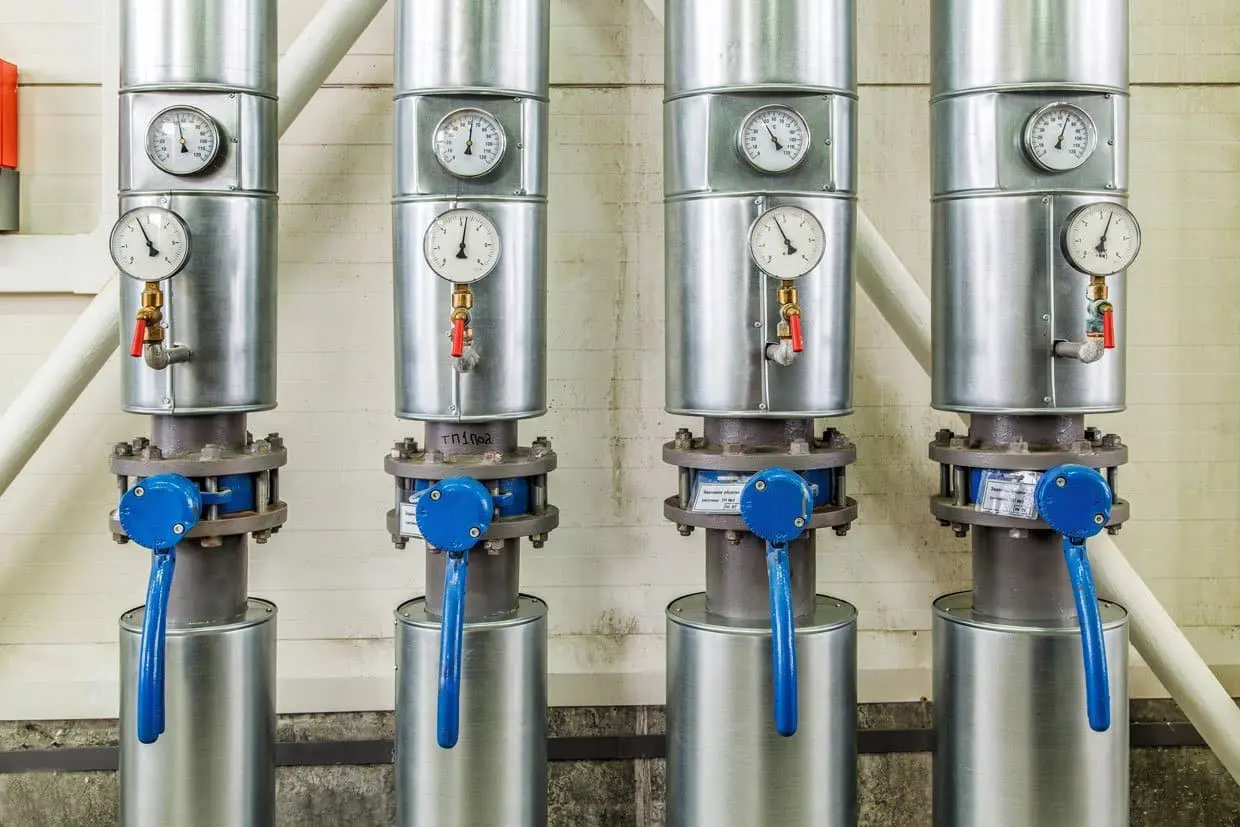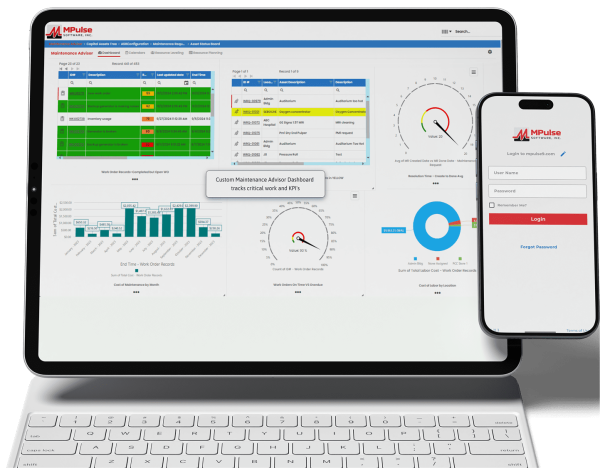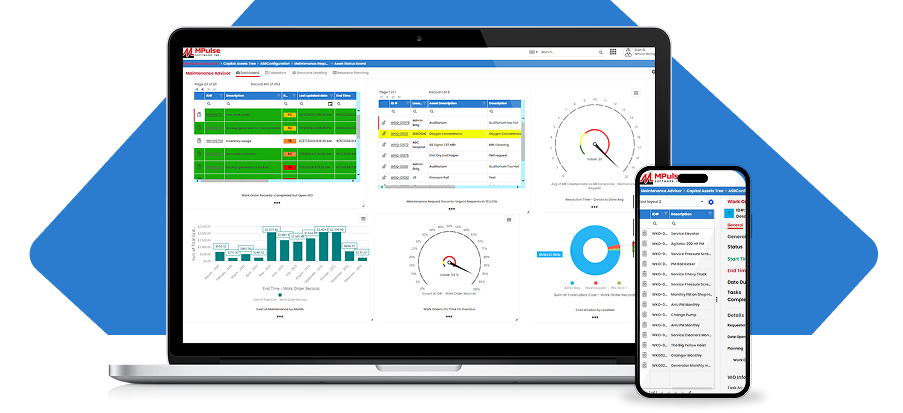Guest blog from Better Buys
Condition-based maintenance (CBM) is a CMMS software add-on that keeps tabs on the actual state of your critical assets by recording the output of any meters and gauges on that asset, making it easier to diagnose problems and prevent asset failure.
Today’s maintenance teams are using CBM to improve their efficiency and their organization’s bottom line. The three most common applications of condition-based maintenance measure temperature, pressure, and oil viscosity.
Table of Contents
Common Applications for Condition-Based Maintenance
1. Temperature Readings
Temperature readings help monitor and control an asset’s environment. Many assets can or do include sensors to gather temperature data, including infrared readings and thermal imaging. Also organizations are using “smart” technology to help facility managers measure and control building temperature.
Who depends on temperature readings?
Many universities, hotels, and hospitals are upgrading HVAC units to better monitor temperature. Windows and doors also can be outfitted with sensors. With these real-time readings, the HVAC can adjust for humidity and temperature, and alert staff to any issues.
Machinery also can overheat, and computers must be continually cooled. Monitoring the temperature of these assets allows staff to prevent emergency shutdowns or even fire damage.
2. Pressure States
Sensors can monitor pressure on equipment with piping or water systems. Monitoring pressure over time allows maintenance staff to predict when a pipe could fail and replace it beforehand. Instead of tracking down a leak after it happens, monitoring pressure indicates when and where a leak will likely happen before it does.
Who depends on pressure states?
Machinery in food and beverage production as well as product manufacturing rely on pipe or liquid systems. As competitive businesses are pushed to increase production while maintaining reliable operations, tracking pressure saves time on diagnosing problems. Maintenance staff also can keep parts at proper inventory levels for scheduled fixes.
3. Oil Viscosity
A classic example of preventive maintenance (PM) is changing the oil in your car, either based on a calendar schedule (e.g., every three months) or based on mileage (e.g., every 5,000 miles). By adding condition-based maintenance to your preventive maintenance schedule, your maintenance team can monitor the oil particles to tell when to change the oil. Instead of 5,000 miles, the oil could last 8,000 miles.
Who depends on oil viscosity?
For construction or fleet vehicles, using CBM allows staff to schedule equipment maintenance and work more efficiently. In the long term, it also saves on oil and other parts.
The Impact of Condition-Based Maintenance
Condition-based maintenance offers organizations a competitive edge. Instead of performing failure-based maintenance, you can use CBM data to prevent problems before they happen and minimize overtime for technicians, cutting down on labor costs. Make your preventive strategies more accurate and reliable with CMMS and CBM.
Contact MPulse with questions about how CBM can help your maintenance operations.
Author Bio: Julia Scavicchio is a writer with Better Buys, a trusted source on enterprise software news and research.






